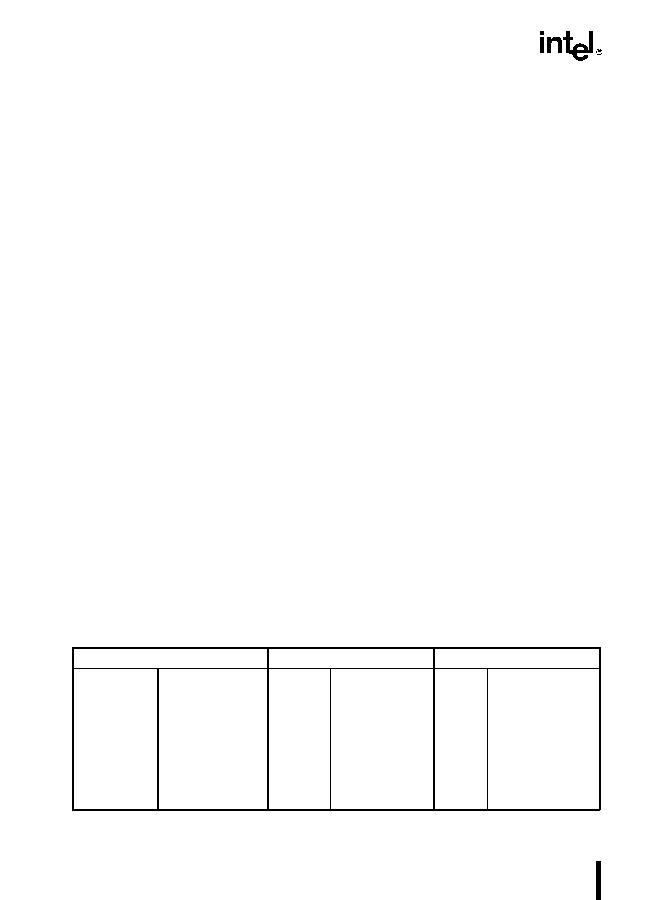7-32
FLOATING-POINT UNIT
Refer to Section 6.2.3., Floating-Point Instructions in Chapter 6, Instruction Set Summary, for
a list of the floating-point instructions by category.
The following section briefly describes the instructions in each category. Detailed descriptions
of the floating-point instructions are given in Chapter 3, Instruction Set Reference, in the Intel
Architecture Software Developers Manual, Volume 2.
7.5.1.Escape (ESC) Instructions
All of the instructions in the FPU instruction set fall into a class of instructions known as escape
(ESC) instructions. All of these instructions have a common opcode format, which is slightly
different from the format used by the integer and operating-system instructions.
7.5.2.FPU Instruction Operands
Most floating-point instructions require one or two operands, located on the FPU data-register
stack or in memory. (None of the floating-point instructions accept immediate operands.)
When an operand is located in a data register, it is referenced relative to the ST(0) register (the
register at the top of the register stack), rather than by a physical register number. Often the
ST(0) register is an implied operand.
Operands in memory can be referenced using the same operand addressing methods available
for the integer and system instructions.
7.5.3.Data Transfer Instructions
The data transfer instructions (refer to Table 7-13) perform the following operations:
Load real, integer, or packed BCD operands from memory into the ST(0) register.
Store the value in the ST(0) register in memory in real, integer, or packed BCD format.
Move values between registers in the FPU register stack.
Table 7-13. Data Transfer Instructions
Real
Integer
Packed Decimal
FLD
Load Real
FILDLoad IntegerFBLDLoad Packed
Decimal
FST
Store Real
FISTStore Integer
FSTP
Store Real and
Pop
FISTPStore Integer
and Pop
FBSTPStore Packed
Decimal and Pop
FXCH
Exchange Register
Contents
FCMOVccConditional Move

